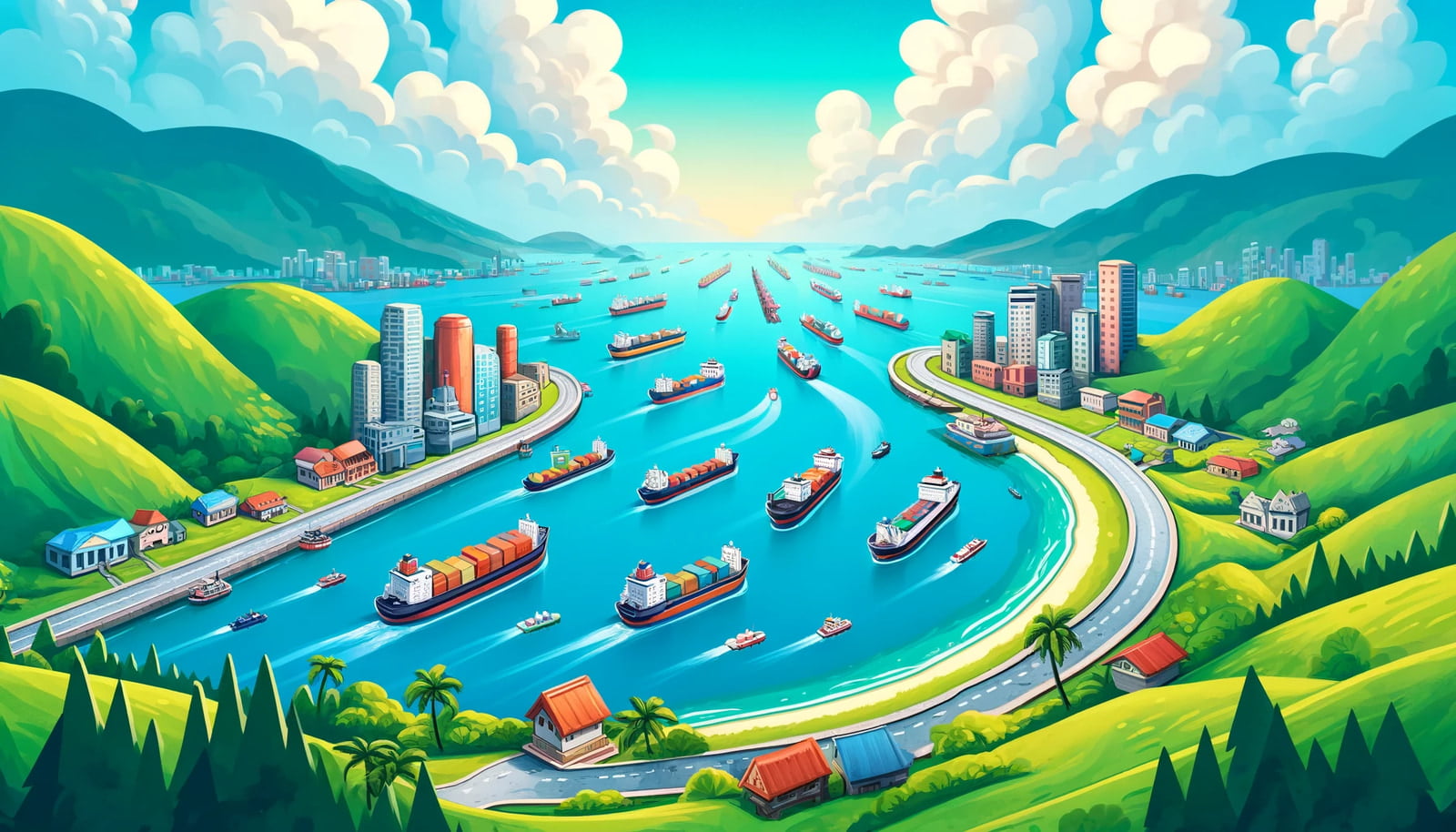
In the realm of global commerce, certain geographical features wield tremendous influence, shaping trade routes and economic dynamics. Among these, the Strait of Malacca stands as a vital artery, facilitating the movement of goods and fostering international trade. Spanning approximately 550 miles in length and situated between the Malay Peninsula and the Indonesian island of Sumatra, this narrow waterway serves as a pivotal junction connecting the Indian Ocean to the Pacific Ocean via the South China Sea. Its significance to the shipping industry cannot be overstated.
A Strategic Gateway.
The strategic location of the Strait of Malacca places it at the crossroads of major maritime routes, making it a crucial passage for global trade. Annually, more than a third of the world's traded goods, including oil, natural gas, and manufactured goods, pass through this narrow channel. Its proximity to major industrial hubs in Asia, such as China, Japan, South Korea, and Southeast Asian nations, further enhances its importance as a maritime thoroughfare.

Historical Significance.
The historical importance of the Strait of Malacca predates modern trade networks. For centuries, it has been a vital conduit for maritime commerce, facilitating the exchange of goods, cultures, and ideas between the East and the West. Its significance in global trade dates back to the era of the Malacca Sultanate and the spice trade routes that connected Asia with Europe. Over time, its strategic value has only intensified, especially with the rise of Asian economies and the expansion of global trade.
Economic Implications.
The economic implications of the Strait of Malacca cannot be understated. Its closure or disruption would have far-reaching consequences for global trade and economic stability. Any interruption in the flow of goods through this critical waterway could lead to supply chain disruptions, increased shipping costs, and inflated prices for consumer goods worldwide. Moreover, the economies of countries bordering the strait heavily rely on the revenue generated from maritime trade, further highlighting its economic significance.
Security Concerns.
Given its strategic importance, the security of the Strait of Malacca is a matter of international concern. Its narrow waters and congested shipping lanes make it susceptible to piracy, maritime accidents, and environmental hazards. Piracy, in particular, has been a persistent challenge, prompting collaborative efforts among regional and international stakeholders to ensure safe passage through the strait. Initiatives such as coordinated patrols, information sharing, and capacity-building programs aim to mitigate security risks and safeguard maritime interests in the region.

Environmental Impact.
Beyond its economic and strategic importance, the Strait of Malacca also holds ecological significance. Its waters are home to diverse marine ecosystems, including coral reefs, mangroves, and marine species. However, increased maritime traffic poses environmental risks, such as oil spills, pollution, and habitat degradation. Sustainable management practices and environmental regulations are essential to mitigate these threats and preserve the ecological integrity of the strait for future generations.
Conclusion.
In conclusion, the Strait of Malacca serves as a linchpin of global maritime trade, connecting East and West and facilitating the movement of goods essential to the global economy. Its strategic location, historical significance, and economic implications underscore its vital role in international commerce. However, the challenges of piracy, security threats, and environmental concerns necessitate concerted efforts to ensure the safe and sustainable navigation of this critical waterway. As a lifeline of global trade, the continued prosperity of the Strait of Malacca is indispensable to the interconnectedness of the modern world.


